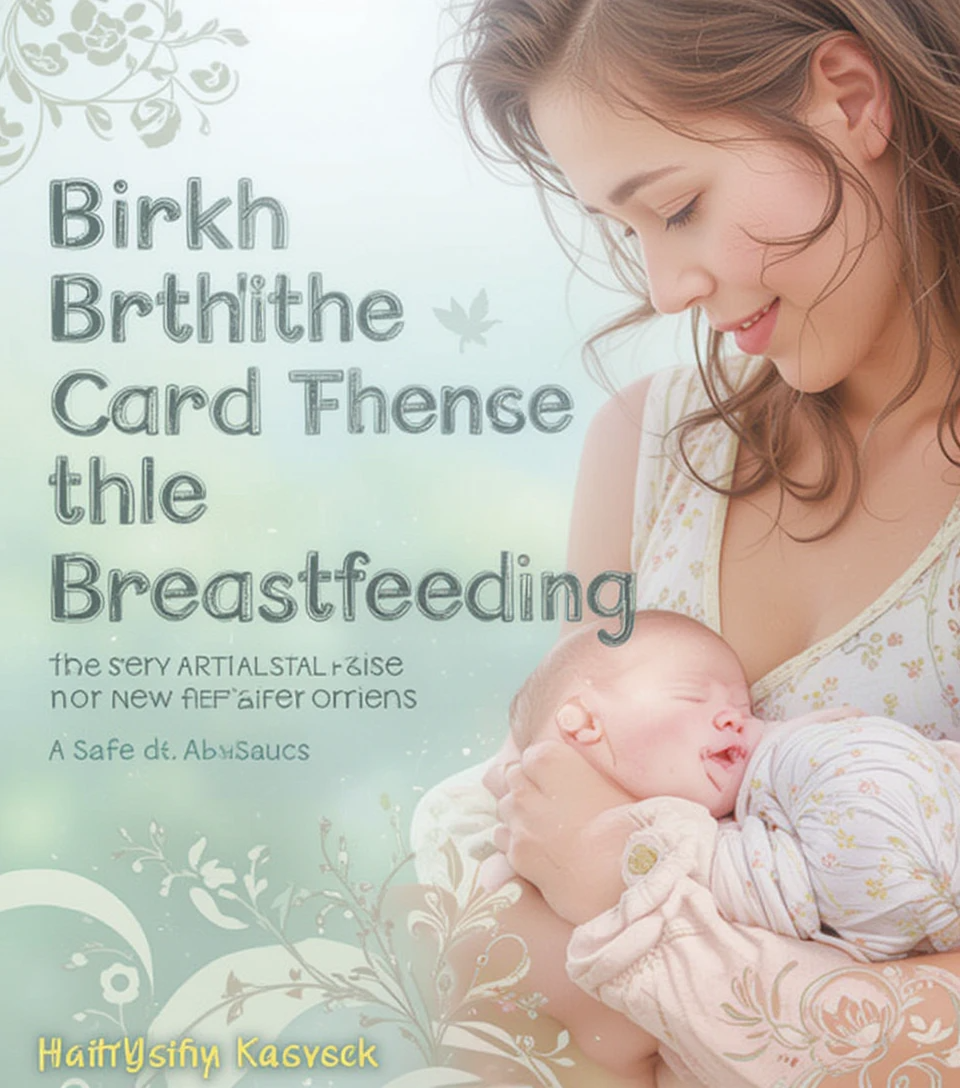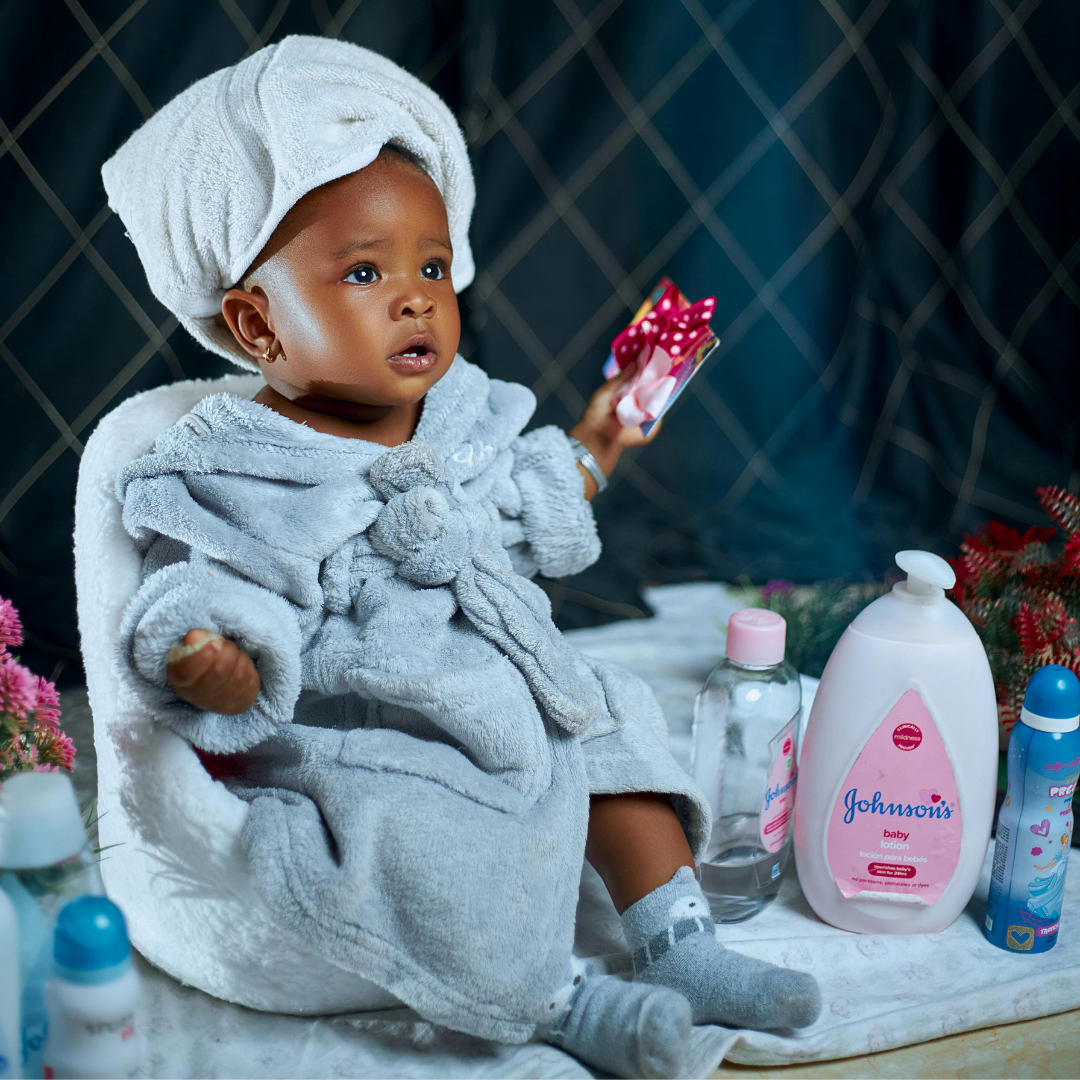Becoming a new parent is both joyful and overwhelming. While caring for your newborn, it’s easy to overlook your own health needs—especially when it comes to family planning. But did you know that you can become pregnant again while breastfeeding? Even before your first postpartum period.
This guide helps Aussie mums understand safe postpartum birth control options and how they affect your milk supply, body, and long-term goals.
Can You Get Pregnant While Breastfeeding?
Yes—though exclusive breastfeeding can naturally delay ovulation (called the Lactational Amenorrhea Method), it’s not a guaranteed method. As soon as you start supplementing feeds or if baby sleeps longer stretches, your fertility can return without warning.
Maintaining a consistent breastfeeding schedule using tools like a wearable electric breast pump can support your routine and help extend milk production.

Best Contraceptive Options for Breastfeeding Mums
Not all birth control methods are suitable while breastfeeding. The key is to choose options that won't affect your milk supply. Here’s a breakdown of safe options for mums:
- Progestin-only pills (Mini Pill): Breastfeeding-safe, but must be taken at the same time every day.
- IUDs: Both copper and hormonal options are effective, long-term, and don’t impact lactation.
- Barrier Methods: Like condoms and diaphragms—safe, hormone-free, and suitable immediately postpartum.
- Implants or Injections: Convenient and long-lasting. Most are safe for breastfeeding mums, but ask your doctor for the best fit.
You can browse our Baby Care collection to support your postpartum health and comfort during this time.
🖼️ [Insert image showing contraceptive tools next to baby essentials like bottle warmers]
What to Avoid: Birth Control That Affects Milk Supply
It’s best to avoid combined contraceptives (those with estrogen and progestin), especially in the first 6 months. Estrogen can reduce your milk production. Stick to progestin-only methods if you’re fully breastfeeding.
Supporting your feeding routine is easier with travel-friendly products like our thermal baby bottle warmer bag, which helps keep milk warm and ready, even on the go.

When Should You Start Birth Control After Birth?
You can begin using progestin-only pills or barrier methods as early as 3 weeks postpartum. IUDs and implants are typically inserted after 6 weeks, during your postpartum check-up.
During this time, it’s also helpful to establish a solid baby routine. Check out our Essentials collection for handy newborn must-haves that make life easier for new mums.
Talk to Your Healthcare Provider
Your doctor or midwife will help you find a method that works with your health, breastfeeding goals, and lifestyle. No two bodies are alike—what’s safe for one mum might not be ideal for another.
For extra support, our baby bath time collection offers calming accessories for a smooth end-of-day routine, which helps regulate feeding and sleeping schedules for your little one.
Final Thoughts: Family Planning That Supports You
Choosing the right birth control method while breastfeeding is about balance. You deserve a solution that supports both your physical recovery and your parenting journey. Whether you need something short-term or are looking for long-term options, the most important step is getting informed and making decisions at your own pace.
Explore more parenting support in our blog on why kids love plush keychain toys or discover our soft and safe baby toy collection designed with fun and learning in mind.
Note: Always consult your healthcare provider before starting or changing birth control methods after giving birth.



0 comments